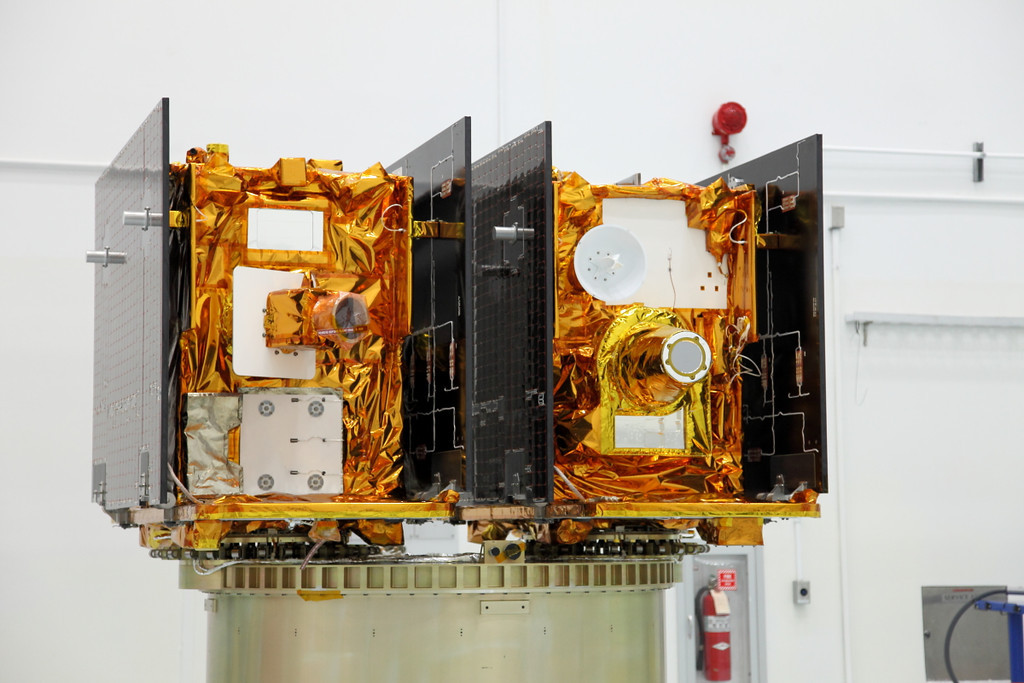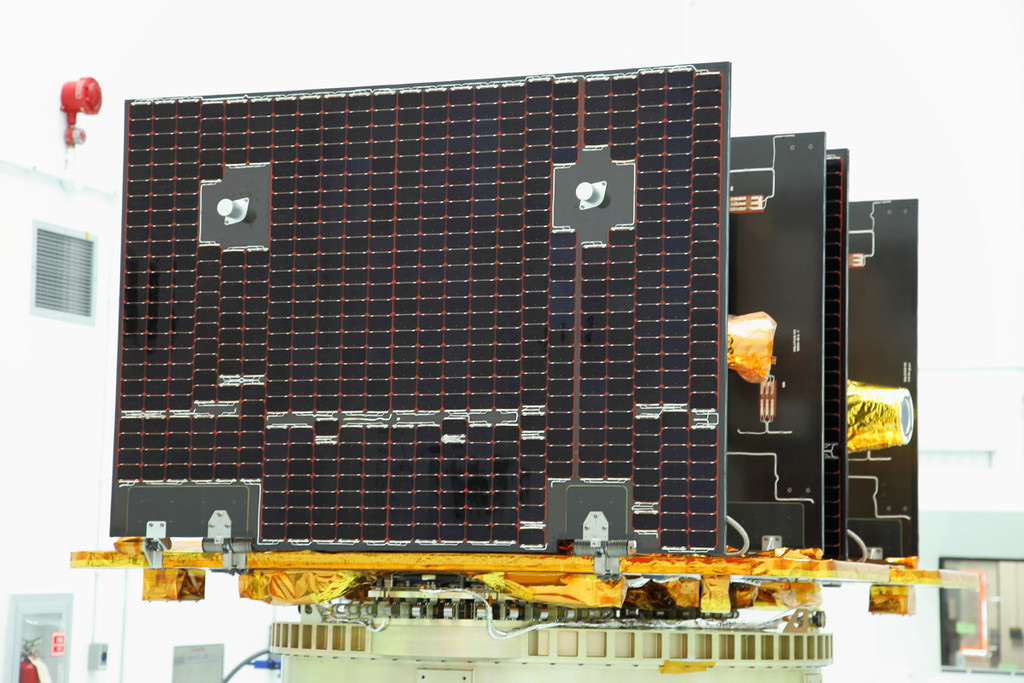NASA Primes Twin Moon Gravity Probes for September Launch

CAPE CANAVERAL, Fla. — A set of twin lunar probes are gearing up for a planned September launch to the moon, with NASA set to attach the spacecraft duo to their rocket soon.
The twin Gravity Recovery and Interior Laboratory spacecraft (nicknamed GRAIL) are poised to launch moonward on Sept. 8 from the Cape Canaveral Air Force Base here.
The GRAIL mission is designed to discover details of the moon's gravity field from the inside out. The twin probes will fly in tandem to scan the lunar crust to the core, in hopes of collecting measurements for the most accurate gravitational map of the moon ever produced.
"Unlike many other planetary missions GRAIL consists of two spacecraft which are mirror images of one another," said Sami Asmar a member of the GRAIL science team. "So they cannot be interchanged or switched and they will fly together in formation transmitting radio information between the two spacecraft – this allows us to peer into the moon from the core to the crust." [Photos: Our Changing Moon]
Cleaning up for the moon

The GRAIL probes are currently being housed in a clean room near NASA's Kennedy Space Center here. Anyone who enters the ultra-clean facility is required to wear a protective white jumpsuit, sometimes referred to as a "bunny suit."
This head-to-toe outer layer leaves only the eyes exposed, but it is just the first precautionary tier in a multi-layered system designed to keep the spacecraft clean before it is sent to our nearest celestial neighbor.
Get the Space.com Newsletter
Breaking space news, the latest updates on rocket launches, skywatching events and more!
All camera equipment brought in to photograph the twin GRAIL spacecraft must be cleaned under the supervision of specially trained contamination-control specialists, and strict rules govern what type of equipment can be brought into the facility. These regulations extend even to pens and paper — no conventional writing utensils are allowed inside the clean room, since ordinary paper can carry particles that could clog vital systems on the spacecraft in the microgravity environment of space.
Shoot for the moon
Grail is slated to launch from Launch Complex 17-B at Cape Canaveral Air Force Station on Sept. 8 at 8:37 a.m. EDT (1237 GMT). The two probes will ride on a Delta 2 rocket, in what will be the final launch of a Delta 2 from the Air Force-run spaceport.
After the probes lift off, the journey to the moon will last about 3 1/2 months. After that, the science mission is set to last for a total of 90 days. GRAIL is similar to the Gravity Recovery and Climate Experiment or GRACE mission which launched in 2002 and made detailed measurements of Earth's gravity field. [Infographic: Inside Earth's Moon]
"GRAIL will have a trans-lunar cruise of about three-and-a-half months, they will arrive at the moon on New Year’s Eve 2012," said Bruce Reid, the mission's launch service provider manager. "Once there they will completely map the gravity of the moon. This is important for not only future missions, but to also provide us with a better understanding other terrestrial planets.”
The GRAIL science team is made up of a number of scientists, including former NASA astronaut Sally Ride, who is assisting with the project’s public outreach efforts.
GRAIL is the second of three NASA missions launching over the next few months to explore the solar system.
On Aug. 5, NASA launched the Juno spacecraft toward Jupiter. It will take the probe five years to reach the gas giant planet.
NASA's newest Mars rover, the Mars Science Laboratory Curiosity, is currently scheduled to launch in late November.
Follow SPACE.com for the latest in space science and exploration news on Twitter @Spacedotcom and on Facebook.
Join our Space Forums to keep talking space on the latest missions, night sky and more! And if you have a news tip, correction or comment, let us know at: community@space.com.









